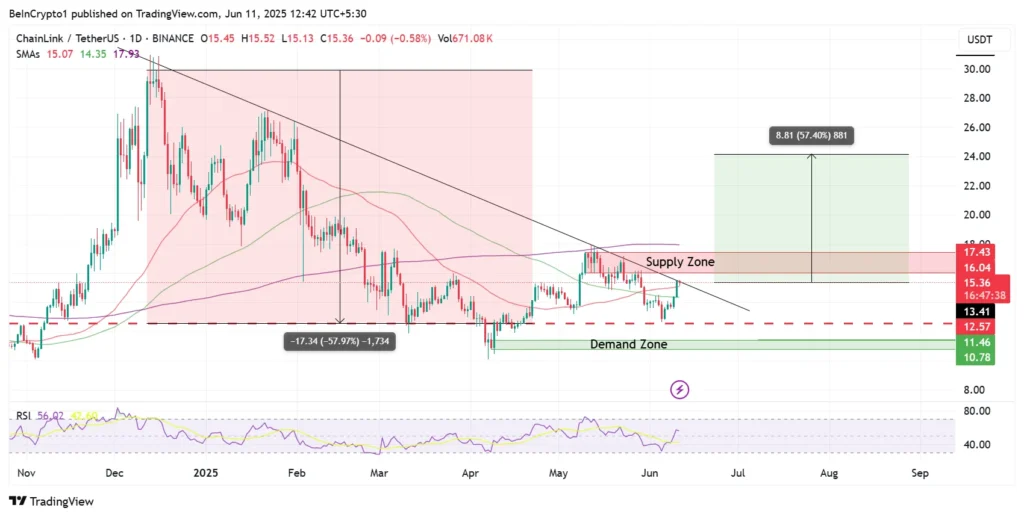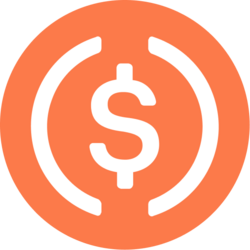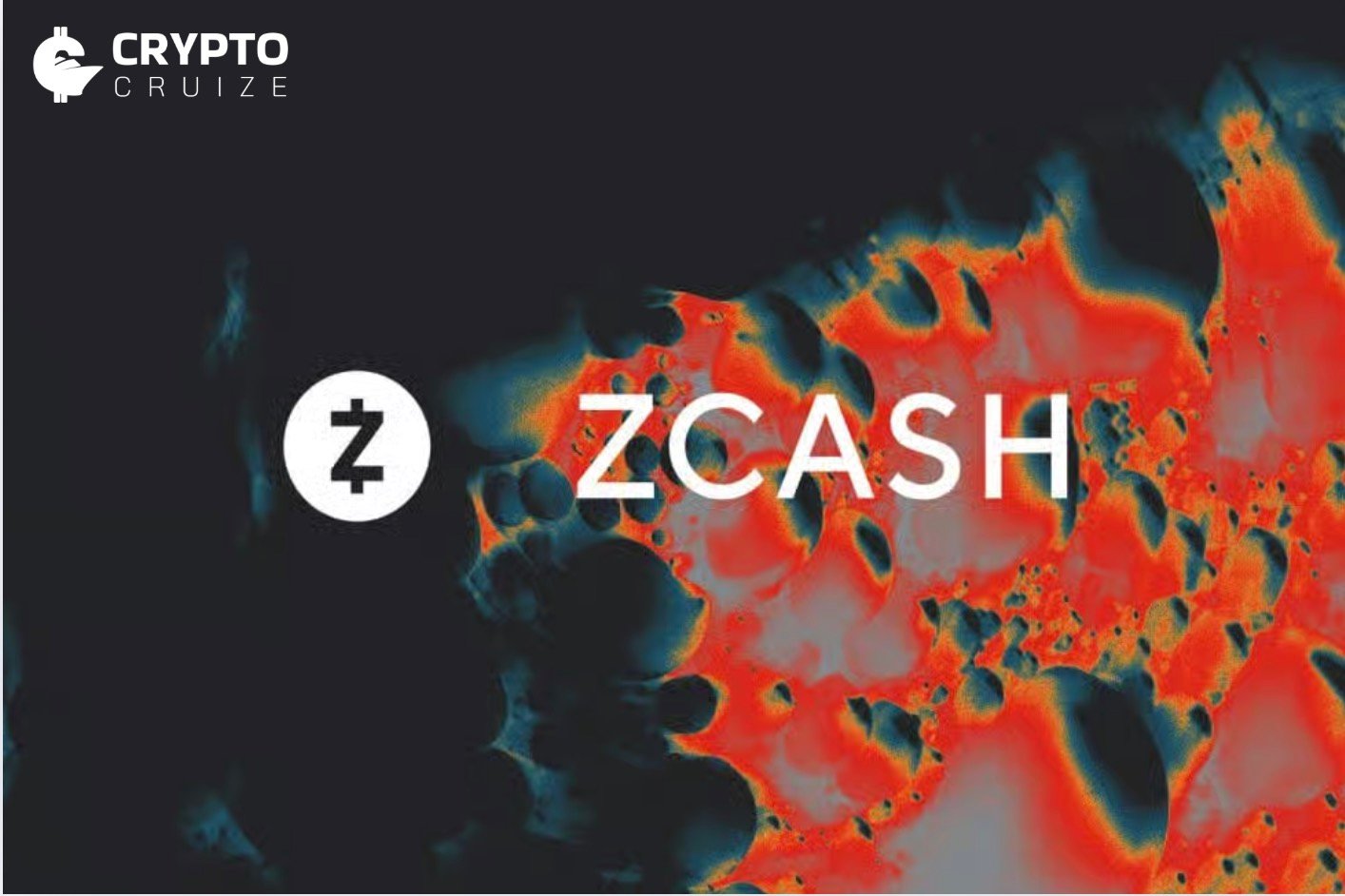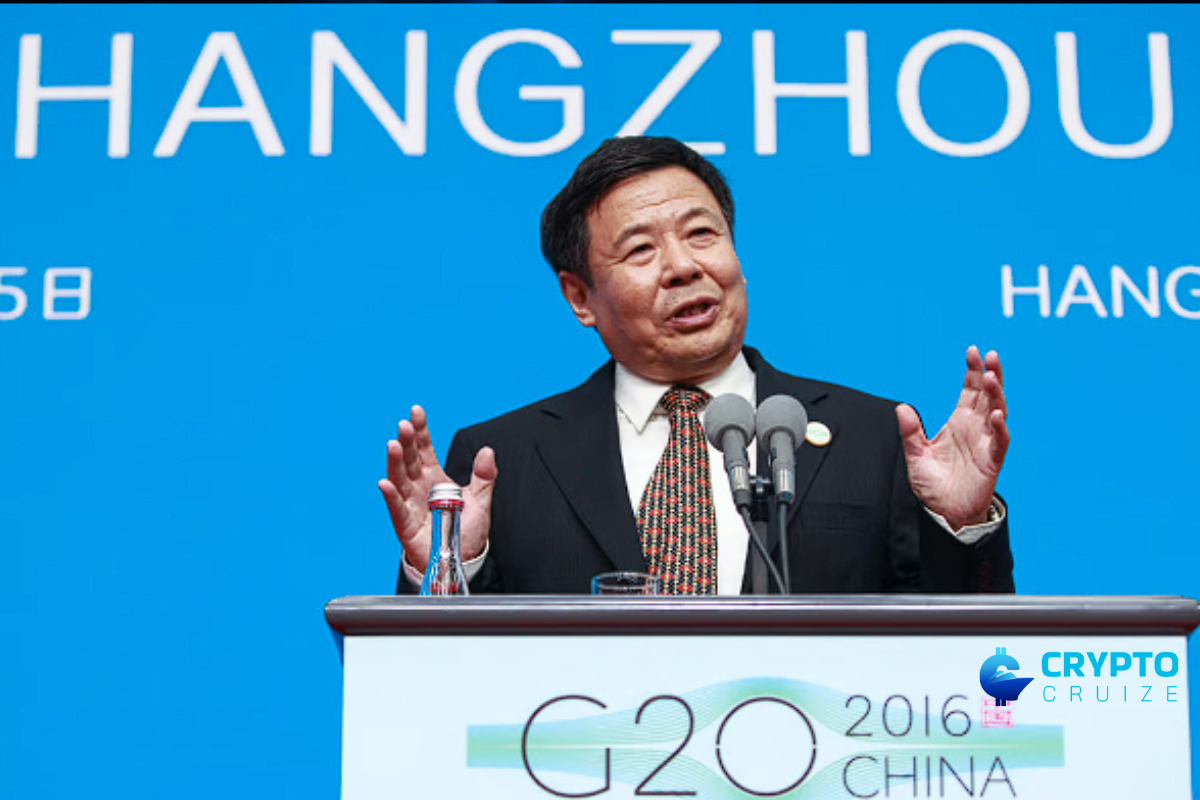As the broader crypto market consolidates, Chainlink (LINK) has made a bold move to the forefront, surpassing Ethereum in development activity and gaining ground in institutional blockchain adoption. This renewed momentum is largely driven by Chainlink’s vital role in real-world asset (RWA) tokenisation, particularly through its involvement in high-profile cross-border transactions and pilot programs such as Hong Kong’s e-HKD+ initiative.
In this article, we break down Chainlink’s rising development dominance, its deepening institutional ties, and the bullish price outlook, despite technical resistance zones.
Chainlink Outpaces Ethereum in Development Activity
According to on-chain analytics firm Santiment, Chainlink has surpassed Ethereum in GitHub development activity over the past 30 days, marking a major milestone for the project. LINK ranked second overall for GitHub events, while Ethereum came in eighth. This is significant, considering Ethereum’s dominance in the smart contract ecosystem since its inception.

Chainlink’s strong developer momentum reflects its growing relevance in the evolving narrative around real-world use cases for blockchain. Santiment analysts noted, “While most of crypto stays flat Tuesday, Chainlink (+7.7%) and Ethereum (+6.3%) have continued to break out.” These figures illustrate sustained investor confidence in both assets, with Chainlink gaining particular attention for its technical contributions.
This development surge solidifies Chainlink’s status as a leading infrastructure provider in the RWA tokenisation sector, highlighting its appeal to enterprises and institutions seeking secure and compliant blockchain integration.
Chainlink’s Role in e-HKD Pilot
On 9 June, Chainlink’s Cross-Chain Interoperability Protocol (CCIP) was instrumental in a significant cross-border transaction that bridged central bank digital currencies (CBDCs) and stablecoins. The exchange involved a Hong Kong digital dollar (e-HKD) and an Australian dollar stablecoin, facilitated within the regulatory framework of the Hong Kong Monetary Authority (HKMA).
This test wasn’t just a technical milestone, it included major financial entities such as Visa, ANZ, Fidelity International, and China AMC. The success of the pilot reinforced Chainlink’s reputation as a trusted platform for high-stakes institutional experiments.

Sergey Nazarov, Chainlink co-founder, responded enthusiastically to Visa’s recent report praising the network’s capabilities, noting that Chainlink solves three crucial challenges for institutional smart contracts: secure data feeds, cross-chain connectivity, and compliance.
“As more top institutions join the Chainlink standard for on-chain transactions, the network becomes increasingly valuable,” Nazarov posted on X, underlining the compounding value effect of network adoption.
Price Surge Follows Real-World Use Case Validation
Chainlink’s participation in the e-HKD+ pilot program had immediate market implications. Following the announcement, LINK surged from $13.90 to $14.60, an 8% jump. The rally has continued, with LINK now trading at $15.28, up over 5% in the last 24 hours.
This price movement is more than a reactionary spike; it’s a reflection of growing investor confidence in Chainlink’s real-world applications and institutional relevance. According to prominent crypto analyst Quinten François, “There simply isn’t a project with the institutional adoption of Chainlink.”
Technical metrics also support this bullish outlook. LINK recently flipped the 50-day Simple Moving Average (SMA) into support at $15.07, with the 100-day SMA offering additional support at $14.35. These are signs of solid foundational strength beneath the current price.
Bullish Momentum Faces Technical Resistance
Despite strong fundamentals, Chainlink’s price is approaching a key resistance zone between $16.04 and $17.43. Additionally, the upper trendline of a falling wedge pattern poses a technical barrier. A breakout above this trendline could initiate a major upside move, potentially targeting a 57% rally based on the height of the wedge pattern.
The Relative Strength Index (RSI) further supports a bullish scenario. With RSI above 50 and rising, buyers are showing dominance. The one-day LINK/USDT chart also displays a series of higher highs over the last five sessions, further validating the uptrend.

However, caution is advised. A failure to break above the upper trendline could see LINK price drop back toward the 50-day SMA at $15.07, potentially even testing the 100-day SMA support at $14.35. In the worst-case bearish scenario, LINK could revisit the demand zone between $10.78 and $11.46, a critical area for buyer interest.
For those looking to enter long positions, technical analysts suggest waiting for a clean candlestick close above $16.70, the midpoint of the current supply zone. This confirmation would significantly increase the likelihood of a sustained breakout.
Chainlink’s Position Strengthens as Institutions Lean In
Chainlink’s recent surge in development activity, surpassing even Ethereum, is not just a matter of developer enthusiasm, it is a reflection of its increasing institutional relevance. With successful cross-border pilot projects under its belt and growing attention from industry leaders like Visa, Chainlink is positioning itself as a foundational layer for the next wave of institutional blockchain adoption.
The convergence of strong technicals, increasing GitHub activity, and real-world use case validation places Chainlink in a unique position. If the current momentum continues and the token breaks key resistance levels, LINK could be poised for significant long-term upside.
For now, all eyes are on whether Chainlink can maintain its upward trajectory and whether the broader market will continue to recognise its rising value in the world of tokenised real-world assets.


























































